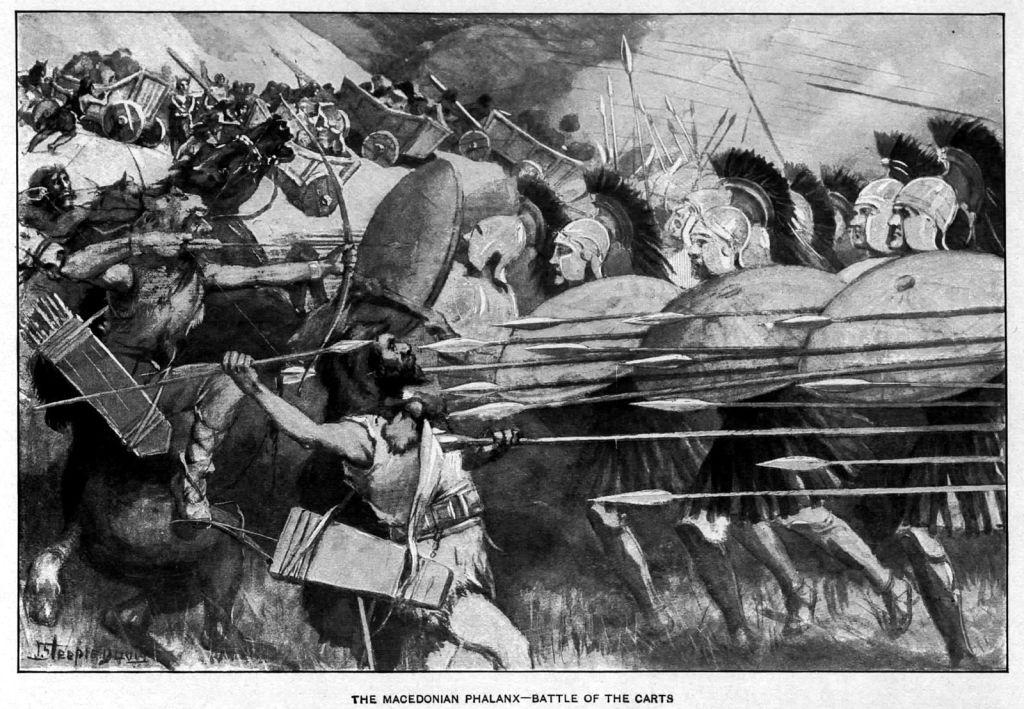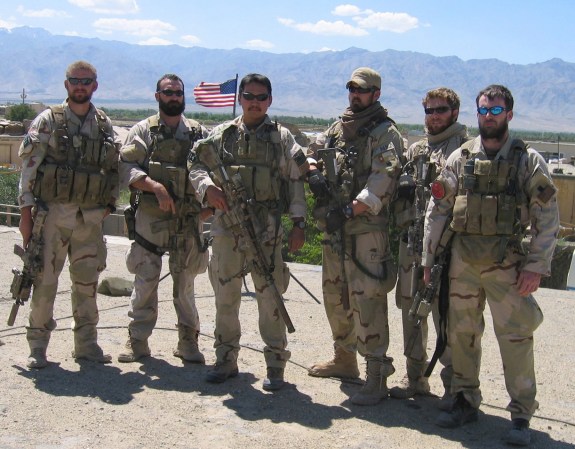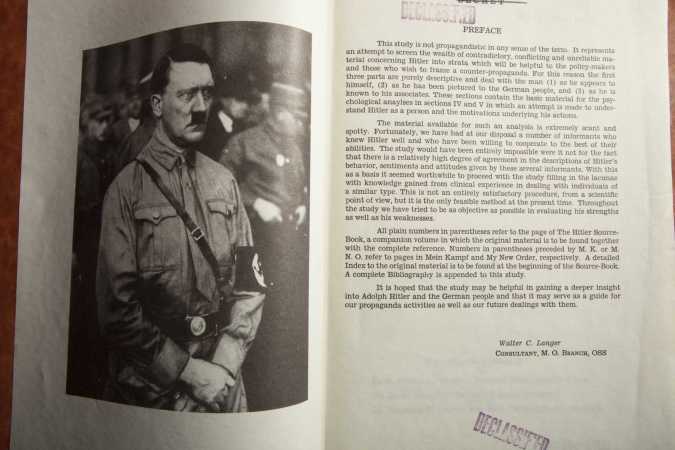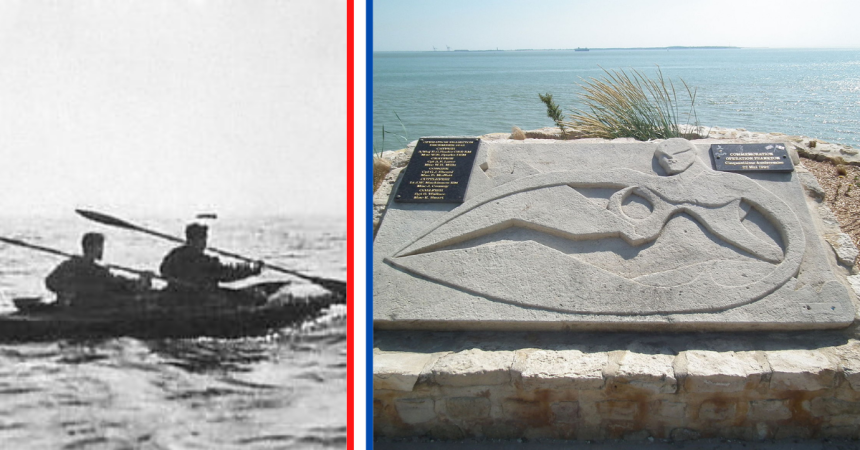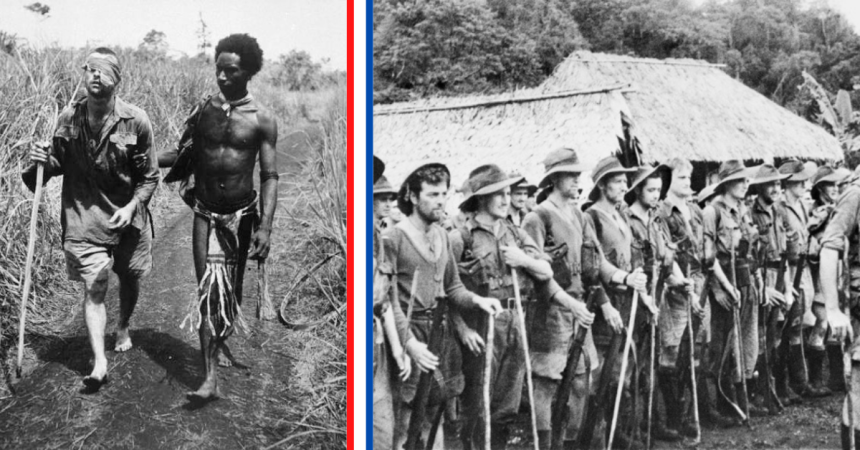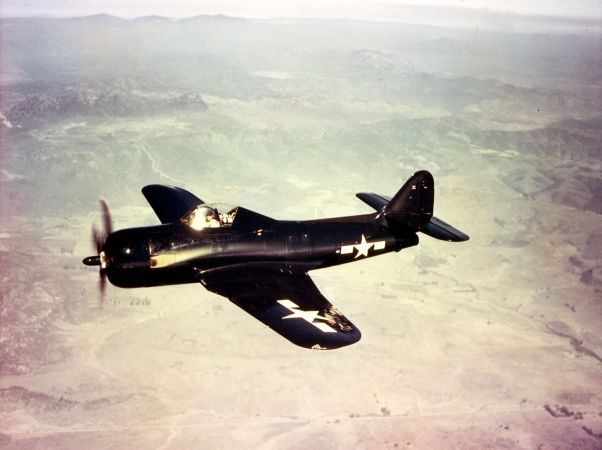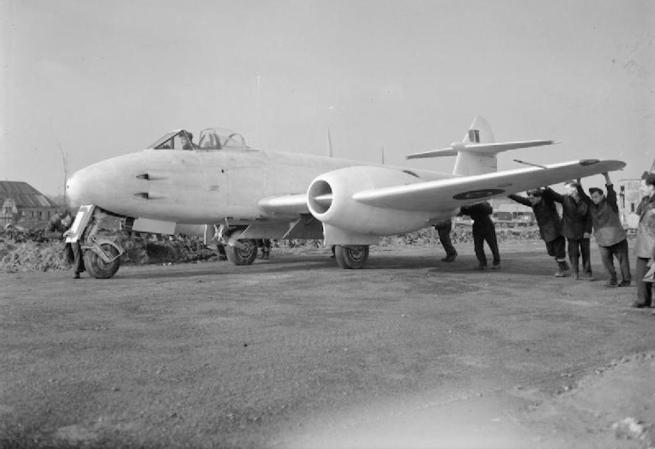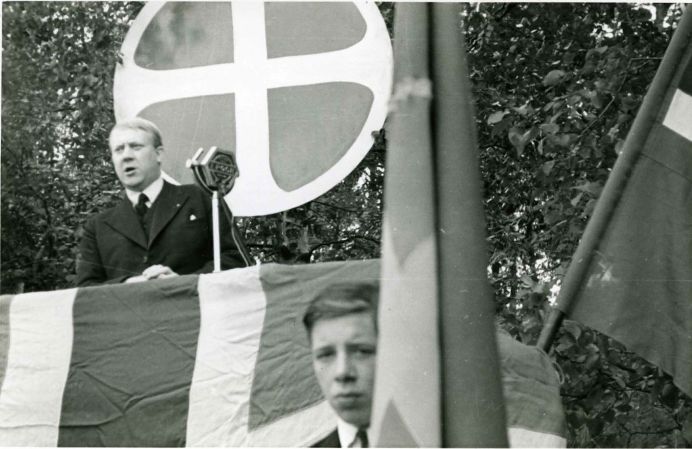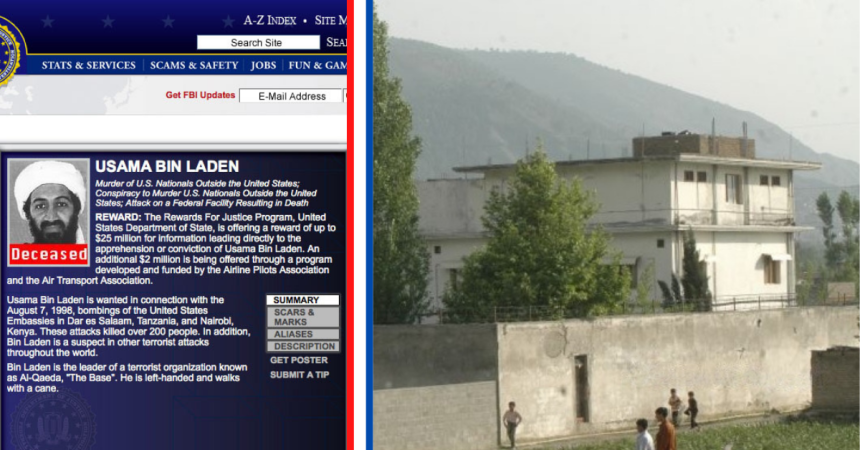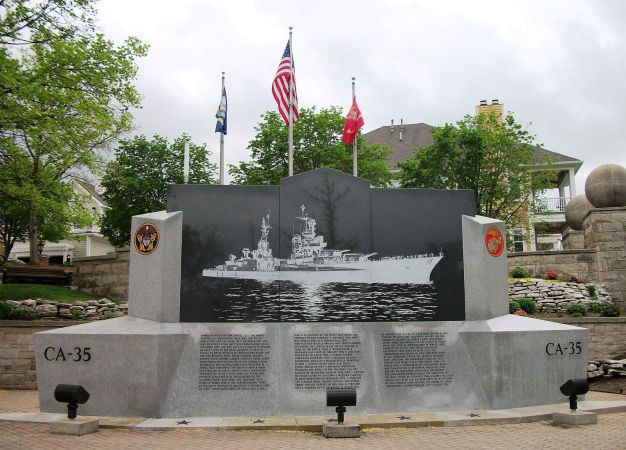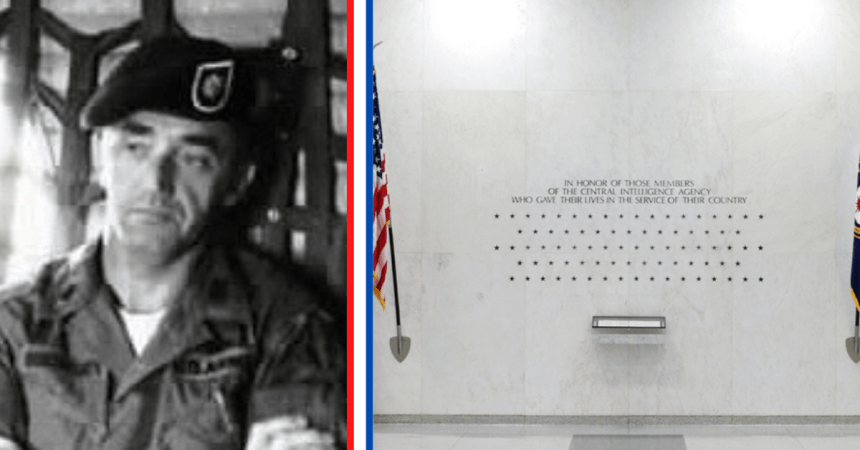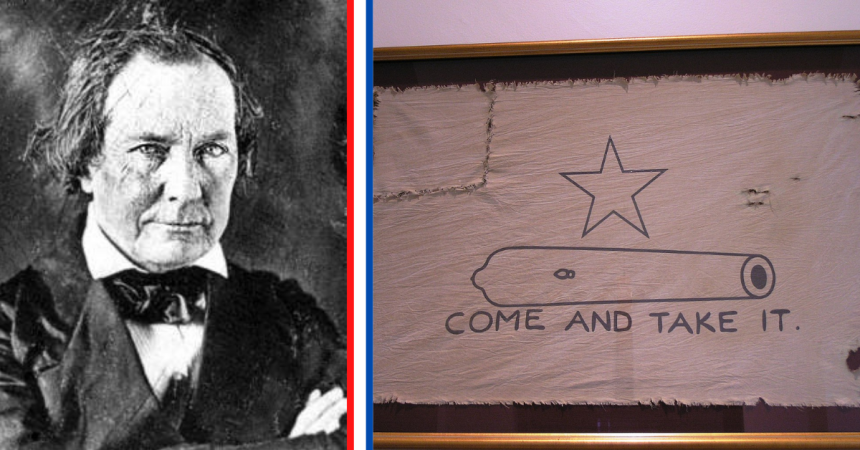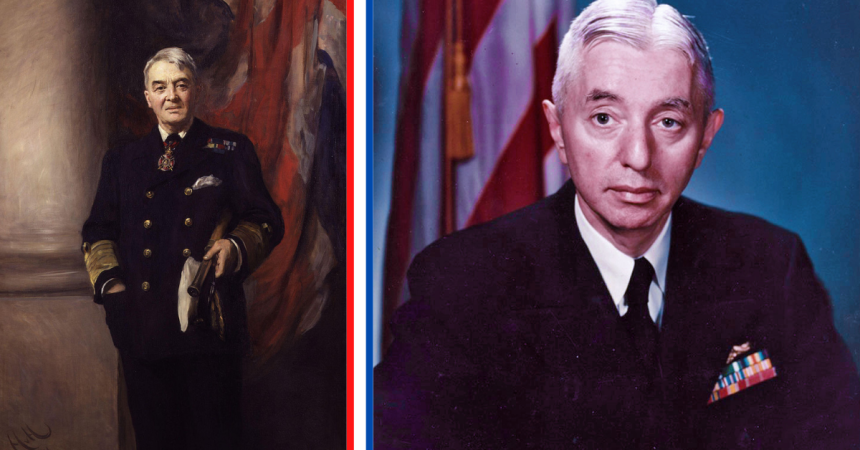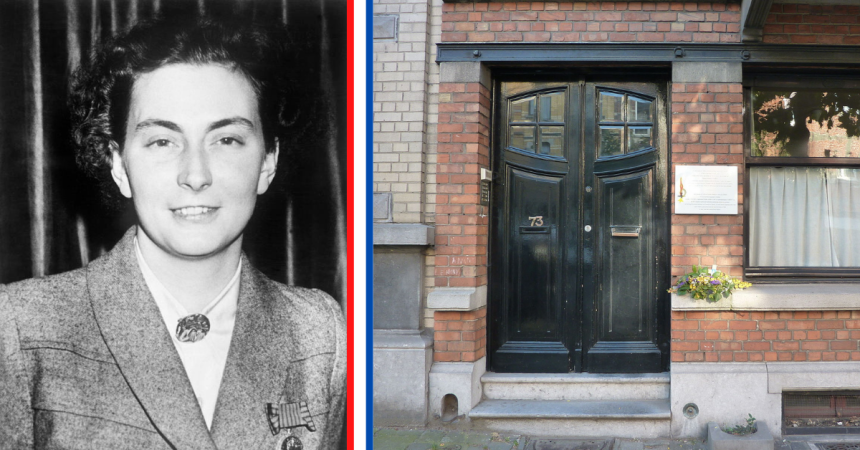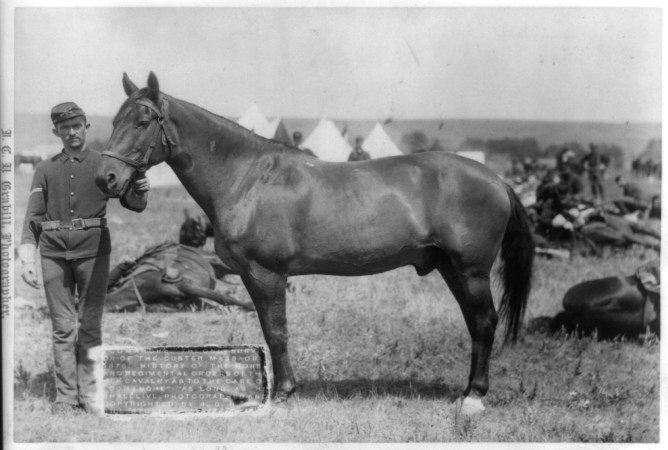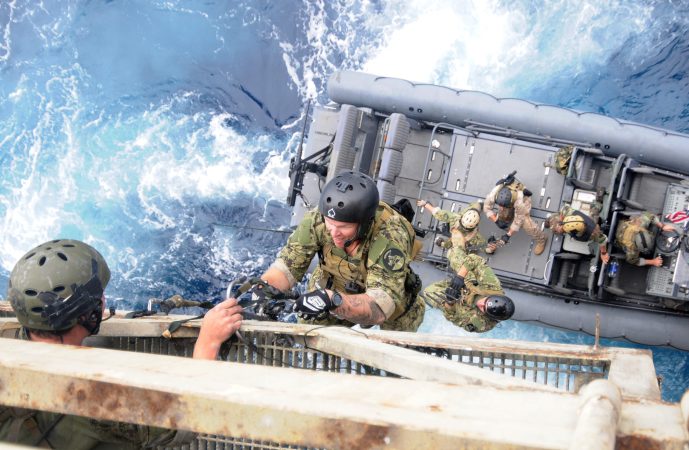At first glance, ancient warfare may seem primitive. It’s easy to imagine these warfighters as basic, but the truth is, they were anything but. In fact, ancient warriors of the past wielded a diverse and lethal array of weapons designed to maximize their effectiveness on the battlefield. From the formidable Roman gladius and pilum to the accurate Greek slinger’s deadly projectiles, military forces employed tools suited for their particular tactics and strategies.
Gearing up – the ancient arsenal
Innovations in weaponry allowed for greater strategic diversity and the evolution of tactics. These include the Roman testudo formation or the Greek phalanx – both which influence today’s battle tactics. For example, the Hoplite soldiers in ancient Greece knew one weapon wasn’t enough. They often armed themselves with three – a spear, a shield, and wore body armor to protect themselves in battle. Meanwhile, the Roman legions outfitted themselves with versatile short swords, throwing spears, and rectangular shields. This formed an effective frontline fighting force and reinforced the understanding that more is often better than less.
The phalanx and testudo formations were game-changers in their time, with opposing forces devising their own tactics to counter them. Greek city-states relied on their hoplites’ discipline and coordination, forming a formidable phalanx with interlocking shields and spears projecting forward. This “shield wall” allowed them to push forward against enemy lines, turning the tide of battle in their favor.
The Romans adapted the phalanx concept into the testudo (tortoise) formation. Soldiers overlapping their large rectangular shields to form a mobile protective barrier. These roving units could defend and attack – ideal on the ancient battlefield. In turn, the Romans earned a name for themselves for their adaptability and efficiency in executing complex maneuvers.

Strategic planning
Ancient warfare wasn’t all brute force. Commanders needed to be adept at strategic planning and tactical execution. Military leaders such as Alexander the Great and Julius Caesar demonstrated the importance of understanding the terrain, enemy capabilities, and their own forces’ strengths and weaknesses.
Alexander the Great’s success in conquering the Persian Empire is because of his masterful use of combined arms. He knew to incorporate cavalry, infantry, and siege weapons in a coordinated effort. Similarly, Julius Caesar’s campaigns in Gaul showcased his ability to adapt to different environments and enemy tactics. This led to his success in the region.
Ancient logistics
Ask a logistician and they’ll tell you wars are won because of planning – not just because of armaments. That was as true back in the day as it is now. In fact, logistics has always played a crucial role in sustaining military forces. Ancient armies relied heavily on local resources and the support of allied cities for provisions and reinforcements. Military leaders needed to plan carefully, as insufficient supplies or reinforcement delays could spell disaster for their campaigns.
Historians agree Roman military logistics were super advanced for their time. In fact, the construction of roads, bridges, and supply depots meant a steady flow of resources to their troops. This logistical advantage allowed the Roman Empire to maintain control over vast territories and wage successful campaigns across the known world.
Ancient warfare influence
While military technology has evolved significantly, the fundamental principles of ancient warfare still hold valuable lessons for modern military forces. The importance of adaptability, coordination, and logistical planning remains crucial for success in the modern battlefield.
Studying ancient warfare provides valuable insights into the evolution of tactics, weapons, and strategies. Modern military forces can learn from the successes and failures of ancient commanders to inform their own planning and execution. In a world where military innovation is key, understanding the past may be the key to unlocking the future of warfare.
Intel – recon, spies, and for-hires
The value of accurate and timely intelligence in warfare is key to winning wars. Ancient military forces were well aware of this fact and employed various methods of gathering information on their enemies. Spies, scouts, and informants played a vital role in helping commanders make informed decisions about their campaigns.
Greek city-states, for instance, used their network of spies to gather information on their enemies’ troop movements, plans, and capabilities. Similarly, Roman commanders sent scouts to reconnoiter the terrain and gather intelligence on enemy forces. The use of intelligence gathering in ancient warfare highlights the importance of knowing one’s enemy and staying a step ahead in battle.
Mercenaries were a common feature of ancient warfare, with many military forces employing skilled foreign soldiers to bolster their ranks. These professional ancient warriors offered their services to the highest bidder, often bringing unique skills and expertise to the battlefield. For example, the Carthaginian general Hannibal famously used mercenaries from different regions, such as Numidian cavalry and Balearic slingers, to great effect during the Second Punic War.

Naval domination
Control of the seas has always been a key factor in military success, and ancient naval warfare was no exception. Ancient civilizations such as the Greeks, Romans, and Phoenicians developed advanced naval technologies and tactics to project power and secure vital trade routes.
Greek naval tactics, most notably employed by the Athenians, relied on swift and agile trireme warships. These vessels were equipped with powerful rams, allowing them to charge and sink enemy ships. Roman naval forces, on the other hand, utilized boarding tactics, converting naval engagements into close-quarters infantry battles on the decks of ships.
Leadership and command
The chain of command has always been an essential aspect of military organization. Ancient military forces, like their modern counterparts, had clearly defined command structures that ensured the proper flow of information and orders. Just like now, Generals and commanders were often selected for their experience, intelligence, and ability to inspire their troops.
In ancient Greece, generals were elected by the citizens and commanded their troops in battle. Rome had a more complex command structure, with officers like legates and tribunes leading various units of the legion. This hierarchical system allowed for greater efficiency and coordination on the battlefield.
Just like now, ancient soldiers lived and trained together. This helped them create shared experiences, a sense of community, and a strong bond. They definitely weren’t playing Madden together, but they were probably hitting the bars and getting new ink – just like today’s warfighters.
Soldiers often fought for a cause or an ideal that they believed in. Whether it was defending their homeland, expanding their empire, or fighting for a religious cause, soldiers shared a sense of purpose and commitment to their goals. This shared sense of purpose helped to build a strong sense of community. Just like now, many ancient armies had their own rituals and traditions that were unique to their culture. In turn, these traditions helped to create a sense of belonging and identity among soldiers.
Anything but primitive
The ancient warriors of the past employed a diverse range of lethal weapons, innovative tactics, and strategic planning to gain an advantage on the battlefield. The lessons learned from ancient warfare continue to influence modern military forces, highlighting the importance of adaptability, coordination, and logistical planning. The value of intelligence gathering and naval domination remains as relevant today as it was thousands of years ago. While technology may have evolved, the fundamental principles of leadership, community, and shared purpose remain constant across the ages.


